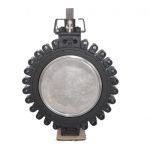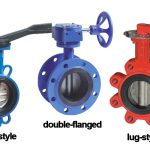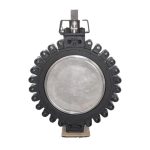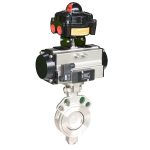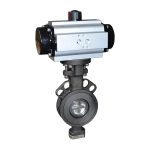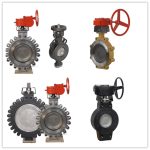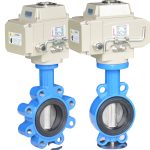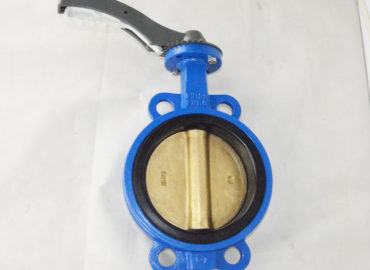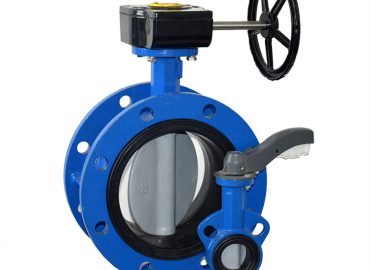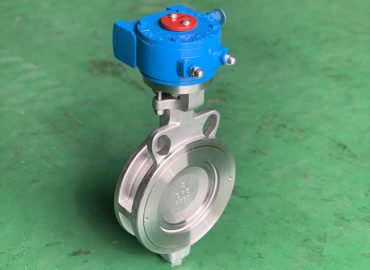When selecting the right high performance butterfly valve for your application, it is important to consider various factors such as type of material, operating temperature, pressure rating, compatibility with other components and installation costs. Reliability of the valve should also be taken into consideration to ensure long-term operation and maximum performance of your system. With the right selection, you can maximize the efficiency of your system while eliminating downtime caused by inefficient valves.
Introduction
Selecting the right type of wafer butterfly valve for your application can be a complex and critical process. High performance valve feature stronger construction to ensure maximum durability, stability and strength. It is important to consider the flow characteristics of the valve during selection, as this directly impacts the performance of the system overall.
Factors such as temperature range, upstream pressure, media characteristics, and expected flow rate must all be taken into account when choosing a high performance butterfly valve. The type of material used in the construction of the valve body is also an important consideration in selecting a high performance butterfly valve. Different applications will require different materials depending on factors such as environment, pressure, temperature and chemical composition. A variety of materials such as brass, stainless steel or carbon steel are frequently used in these valves due to their high durability and strength – ensuring reliable operation over time.

Types of High Performance Butterfly Valves
High performance butterfly valves are popular solutions for a wide variety of applications due to their reliable, durable performance. Different types of high performance butterfly valves can be used depending on the specific needs of the system. Commonly used types include wafer style, lug style, and double flanged models – each offering different benefits depending on the specific application.
Wafer style butterfly valve provide a two-piece clamping mechanism that helps achieve high sealing capability in tight spaces. Lugged style butterfly valve feature lugs or pins which allow for the valve to be top-guided without an external frame or guide; these are ideal for systems with moderate pressure requirements where space is constrained. Lastly, double flanged butterfly valve offer a higher level of strength and stability, making them suitable for heavier duty applications involving higher pressures or temperatures.
It is important to carefully consider your requirements when selecting a high performance flanged butterfly valve as each type offers unique benefits in certain situations Ensuring you have optimal control over your process parameters over time. With careful consideration you can find the perfect model for your application!
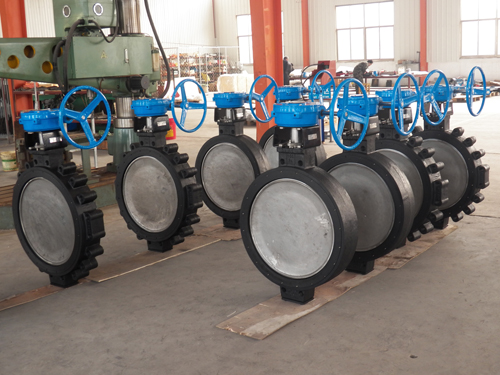
Benefits of Using a High Performance Butterfly Valve
High performance butterfly valves offer many advantages over traditional valve types when it comes to controlling flow. They are well-suited for high temperature, higher pressure, and more abrasive media applications due to their ability to withstand extreme conditions. The lightweight design of these valves make them easy to install and operate in tight spaces, while their tight seals help mitigate the risk of leaks.
When compared with other types of control valves such as ball valves or globe valves, high performance butterfly valves also provide better flow characteristics with a smaller pressure drop. This makes them especially well-suited for applications where controlling flow precisely is crucial – such as in HVAC systems or industrial manufacturing processes.
Additionally, they typically require less maintenance than other valve types due to their lack of external parts and moving components. Choosing a high performance butterfly valve can help ensure optimal process performance over time – reducing downtime and providing reliable control even when faced with harsh environmental conditions.
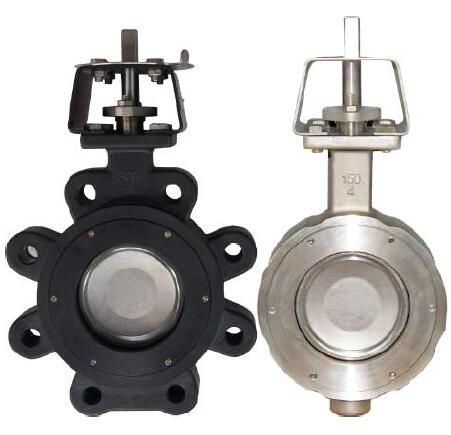
Factors to Consider When Selecting a High Performance Butterfly Valve
When selecting a high performance butterfly valve, it is important to consider a variety of factors in order to ensure you find the best model for your application. First, you should consider the size and pressure rating requirements of your system – as this will determine what type and size of valve you need. You should also consider the material of construction for both the body and disc components – as this will have an impact on the durability and longevity of the valve. The service conditions must be considered as well – such as temperature range, fluid type, and maximum operating pressure.
The type of mounting or installation is also essential; some high performance butterfly valves may require direct mounting to the piping-system or be supplied with actuators, while others may feature connection flanges which are designed to simplify installation and help save space. Lastly, operational considerations such as required flow control accuracy, leakage rate requirements and stroke length should be taken into account before deciding on a particular valve model.
Installation Costs and Reliability of the Valve
The installation costs and reliability of high performance butterfly valves are often two important factors to consider when selecting the right valve for your application. Due to their weight and compact size, these valves are easier to install than other types of control valves – making them an attractive option for applications that require frequent maintenance or change-outs. In addition, with fewer moving parts and no external components, these types of valves typically have longer lifespans as they require less maintenance over time.
If the valve is connected to a piping system, then it is best practice to include flanges with all necessary bolts and gaskets at the time of purchase. This ensures proper assembly and reduces installation time – helping you save money in the long run. Additionally, valves with built-in actuators also increase overall reliability by providing precise control over flow rates without needing external input or manual operation.
Troubleshooting Guide for Selecting the Right High Performance Butterfly Valve
Selecting the right high performance butterfly valve can be an intimidating process, but with a few simple guidelines you can find the ideal model for your application. First, consider what size and pressure rating requirements are needed and make sure they match the specifications of the valve in question. Next, check that the material of construction and service conditions (temperature range, fluid type, etc.) are suitable for your system.
Additionally, think about whether mounting or installation is more practical – as this could help determine which type of valve to choose. Finally, review any operational considerations such as flow control accuracy and stroke length requirements to make sure they fit within your specific needs. Once you’ve identified all these factors, it’s time to choose the best type of high performance butterfly valve for your application – ensuring maximum efficiency and reliability over time.
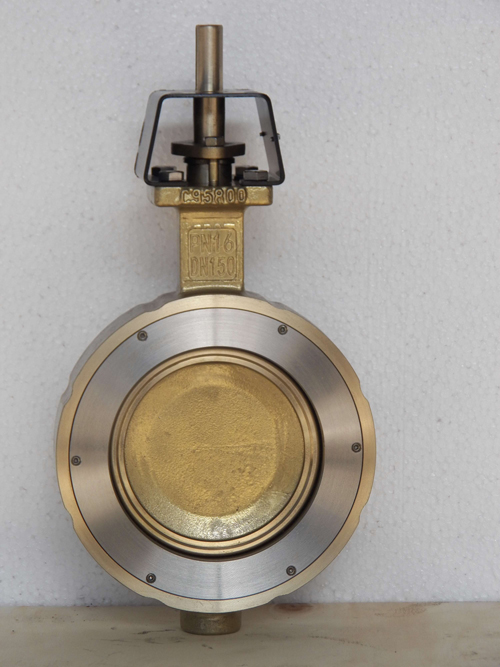
Conclusion
High performance butterfly valves are a great choice for systems requiring superior flow control and efficiency. Careful consideration should be taken when selecting the right valve for your application. Factors such as type of material, operating temperature, pressure rating, compatibility with other components, installation costs and reliability should all be considered. With the right selection, you can ensure long-term operation and maximum performance of your system.


